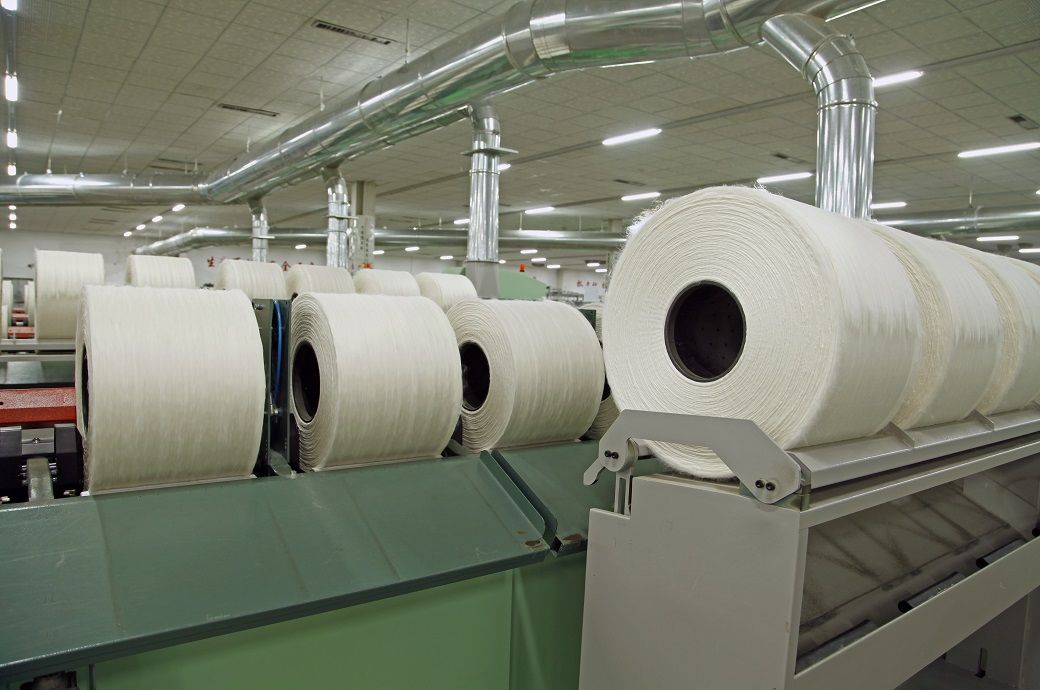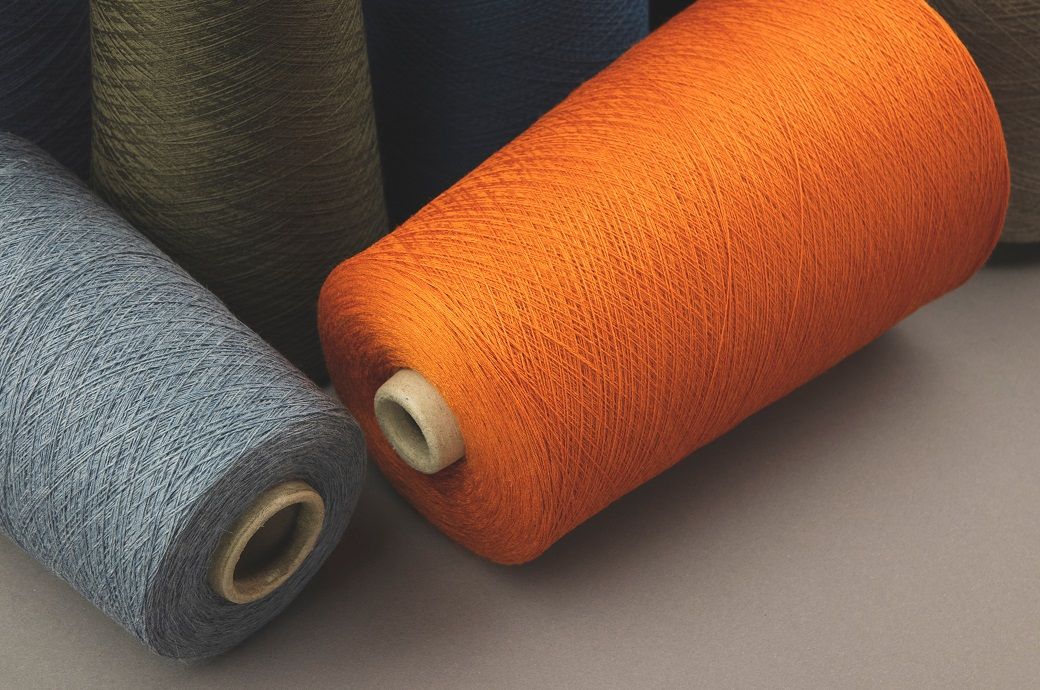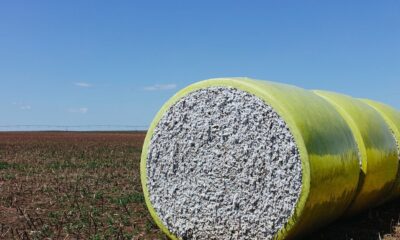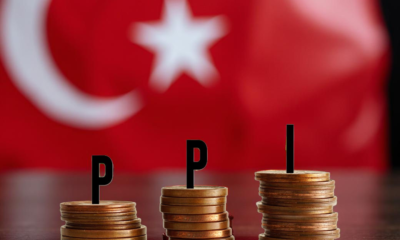Fashion
India’s IIP grows 3.5% in Jul 2025; manufacturing IIP grows 5.4%

The IIP growth rate of the manufacturing sector in July was 5.4 per cent.
The quick estimates of the country’s IIP stood at 155 in July against 149.8 in July 2024. The IIP for manufacturing for the month was 156.9.
The growth rate of India’s index of industrial production (IIP) for July was 3.5 per cent, the Ministry of Statistics and Programme implementation said.
It was 1.5 per cent in June, as per a quick estimate.
The IIP growth rate of the manufacturing sector in July was 5.4 per cent.
Within manufacturing, 14 out of 23 industry groups recorded a positive growth in July 2025 over the same month last year.
Within manufacturing, 14 out of 23 industry groups at national industrial classification (NIC) 2 digit-level have recorded a positive growth in July 2025 over July 2024, a release from the ministry said.
The indices stood at 147.6 for primary goods, 119.7 for capital goods, 174.1 for intermediate goods and 201 for infrastructure/construction goods in July.
The indices for consumer durables and consumer non-durables stood at 136.3 and 147.8 respectively in the month.
Fibre2Fashion News Desk (DS)
Fashion
Birks sales surge on European acquisition, strong retail performance

Published
December 8, 2025
Birks announced on Friday a 16.2% uptick in half-year sales to $93.1 million, on the back of the Canadian jeweller’s acquisition of European Boutique, and a strong retail performance.
The Montreal-based company also logged an increase in third-party branded timepieces across multiple brands for the 26 weeks ending September 27, in addition to gains in sales of Birks branded jewelry and third-party branded jewelry.
Meanwhile, comparable store sales rose 6.3%, attributable to strong sales in all product categories, particularly in third-party branded timepieces, but also in Birks branded jewelry and third-party branded jewelry, the company added.
In light of the strong sales performance, Birks narrowed its earnings loss during the six months to an operating loss of $0.2 million, compared to a reported operating loss of $0.3 million in the prior-year period.
“Our net sales, gross profit and comparable store sales for the first half of Fiscal 2026 are higher than the corresponding period in Fiscal 2025 due in part to the acquisition of the European business but also due to our strong retail performance, which speaks to the strength of our product offerings, both in terms of our Birks branded products and our third-party branded watches and jewelry,” said Niccolò Rossi di Montelera, executive chairman of the board and interim CEO.
“I would like to thank our teams for their dedication and hard work. The growth achieved in the first half of Fiscal 2026 is a testament of our commitment to our customers and I am grateful for the unwavering efforts of all our employees which contributed to these results and the successful integration of the European stores.”
In July, Birks acquired the luxury watch and jewellery business of European Boutique from its founders, the Sutkiewicz family, for a purchase price of $9 million.
Copyright © 2025 FashionNetwork.com All rights reserved.
Fashion
Bernard Arnault pays homage to late Frank Gehry

Published
December 7, 2025
Bernard Arnault has paid homage to the late Frank Gehry, the brilliant Canadian-born architect who passed away on Friday in Los Angeles.
For Arnault, Gehry designed the Fondation Louis Vuitton, widely seen as the most important work of contemporary architecture ever commissioned by a luxury brand.
Gehry died aged 96 Friday after a short respiratory illness, bringing to an end a truly remarkable career that included buildings such the highly acclaimed Walt Disney Concert Hall in Los Angeles and titanium-clad Guggenheim Museum Bilbao, his greatest masterpiece.
“I am profoundly saddened by the passing of Frank Gehry, in whom I lose a very dear friend and for whom I shall forever retain boundless admiration. I owe to him one of the longest, most intense, and most ambitious creative partnerships I have ever had the privilege to experience. His oeuvre, crowned by the Pritzker Prize, is immense. He will remain a genius of lightness, transparency, and grace,” Arnault said in a release.
In October 2014, in the presence of French president François Hollande, Gehry and Arnault opened the Fondation Louis Vuitton, a brilliant Deconstructivist building with a price tag that ran to some €800 million. Riffing on late 19th-century French architecture which revolutionized the use of glass like the Grand Palais and combining that with computer technology and 3D design, Gehry created a beautiful structure. Built on the edge of the Bois de Boulogne, its unique shape suggested a giant sailboat gathering wind in its sails.

“Frank Gehry – who possessed an unparalleled gift for shaping forms, pleating glass like canvas, making it dance like a silhouette – will long endure as a living source of inspiration for Louis Vuitton as well as for all the maisons of the LVMH group. With the Fondation Louis Vuitton pour la Création, he bestowed upon Paris and upon France his greatest masterpiece, the highest expression of his creative power, commensurate with the friendship he bore our city and the affection he showed for our culture,” Arnault added.
Gehry was to go on a design several stores and handbags for Louis Vuitton and has two more buildings in the pipeline for the luxury marque. A super-store concept building on Rodeo Drive in LA, due to open in two years, and an adjacent structure beside Louis Vuitton Foundation.
“My wife, my children, and I express our deepest condolences to his wife, Berta, and to his children,” concluded Arnault.
Copyright © 2025 FashionNetwork.com All rights reserved.
Fashion
Bearish tone persists in south India yarn, but new year brings hope

South India’s cotton yarn market stayed subdued, with prices steady in Mumbai and Tiruppur as summer demand arrived late.
Traders expect buying to improve in January, though cheaper polyester may divert some demand.
Spinning mills face pressure to offer deeper discounts.
Gujarat cotton prices climbed due to strong CCI procurement, tightening supply.
Source link
-

 Tech1 week ago
Tech1 week agoGet Your Steps In From Your Home Office With This Walking Pad—On Sale This Week
-

 Sports7 days ago
Sports7 days agoIndia Triumphs Over South Africa in First ODI Thanks to Kohli’s Heroics – SUCH TV
-

 Entertainment7 days ago
Entertainment7 days agoSadie Sink talks about the future of Max in ‘Stranger Things’
-

 Fashion7 days ago
Fashion7 days agoResults are in: US Black Friday store visits down, e-visits up, apparel shines
-

 Politics7 days ago
Politics7 days agoElon Musk reveals partner’s half-Indian roots, son’s middle name ‘Sekhar’
-

 Tech7 days ago
Tech7 days agoPrague’s City Center Sparkles, Buzzes, and Burns at the Signal Festival
-

 Sports7 days ago
Sports7 days agoBroncos secure thrilling OT victory over Commanders behind clutch performances
-

 Sports7 days ago
Sports7 days agoF1 set for final-race showdown as Verstappen exploits McLaren blunder | The Express Tribune


















